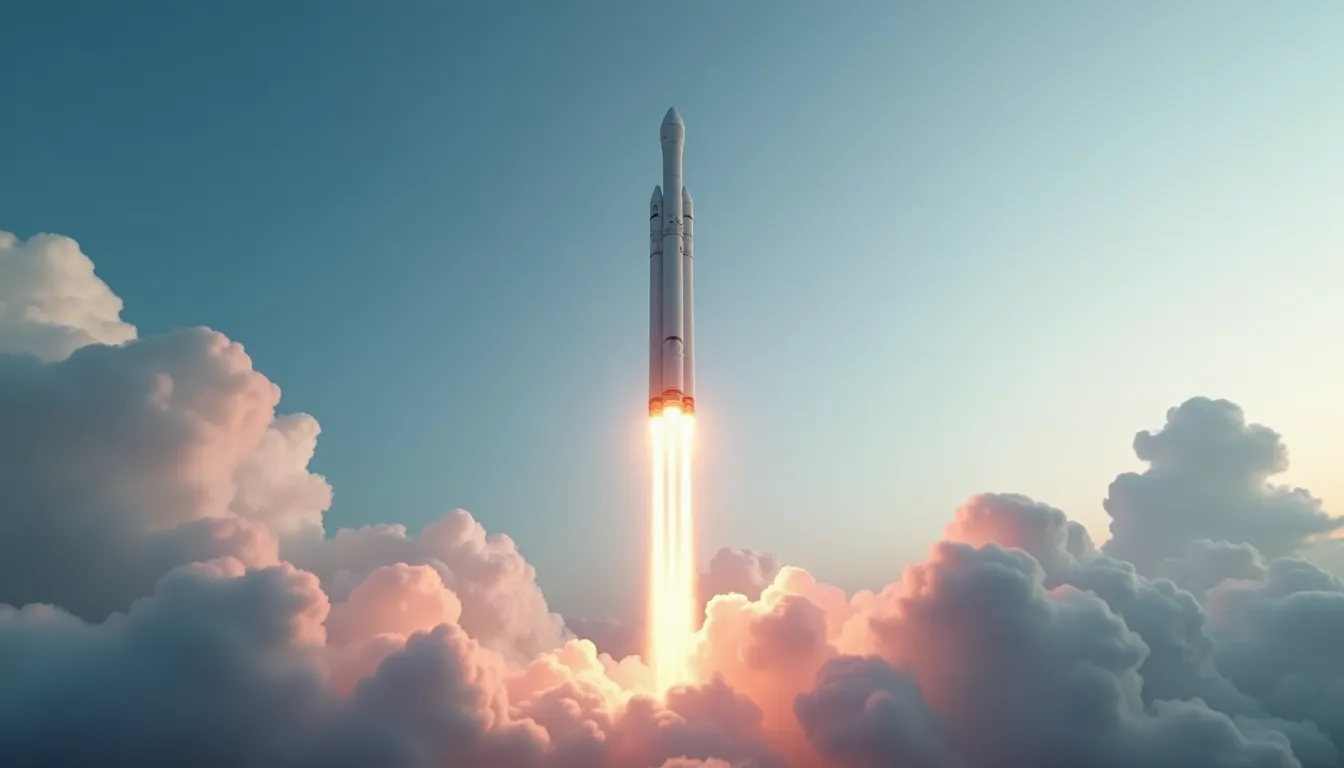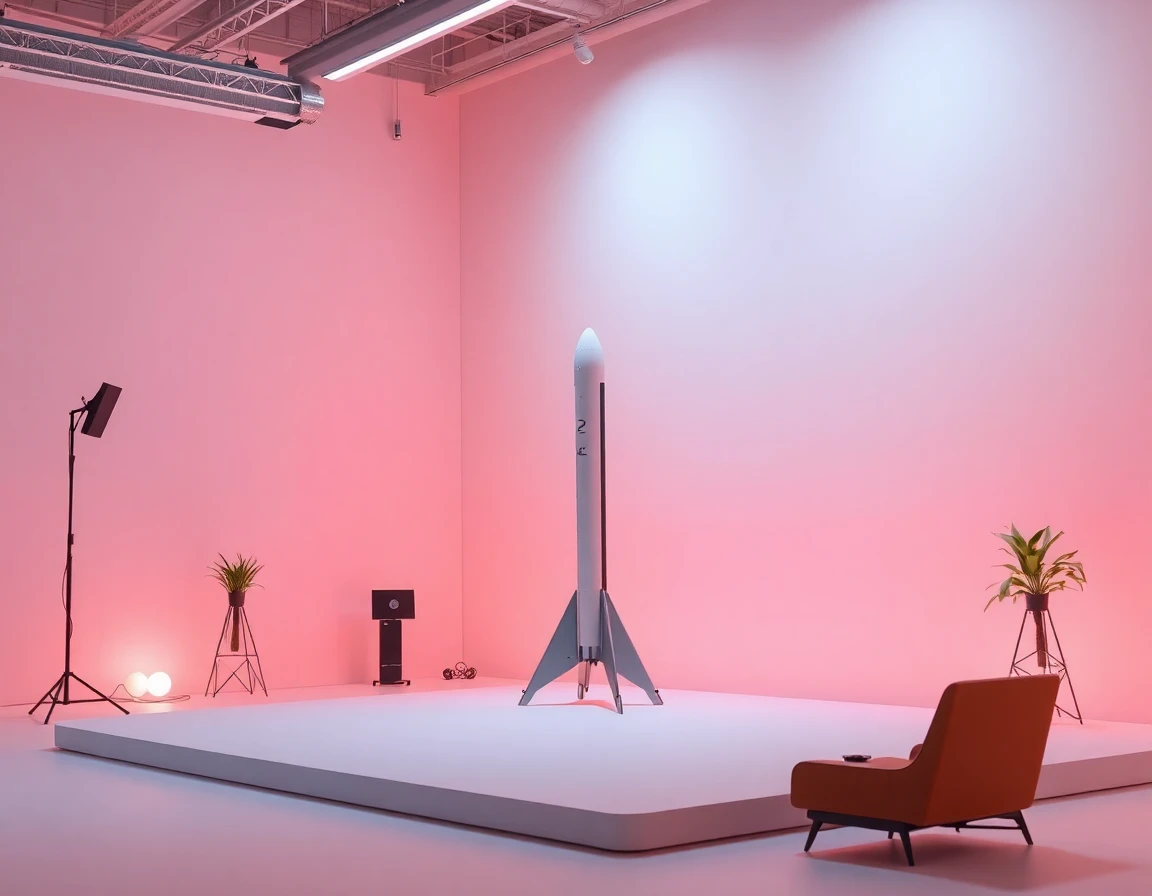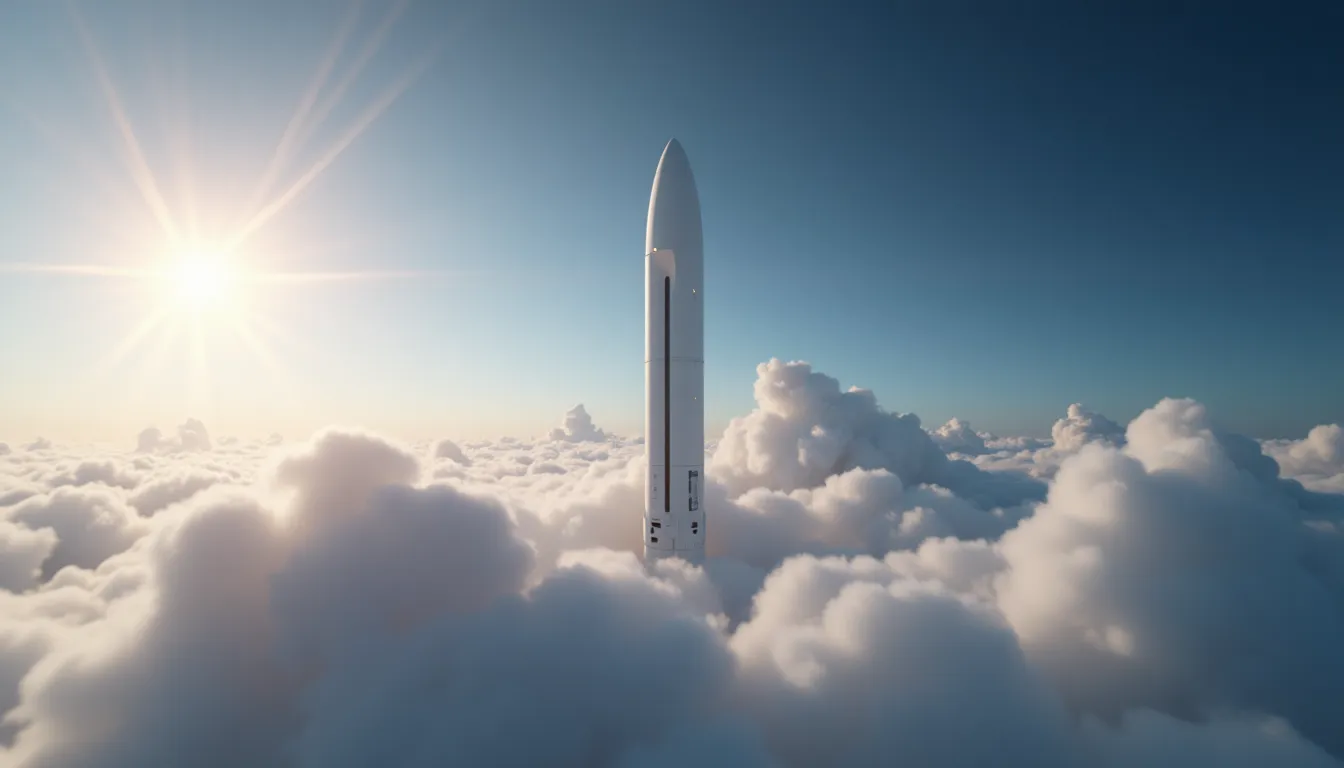In the ever-evolving landscape of aerospace technology, SpaceX is asserting its dominance with significant advancements in satellite internet deployment and preparations for lunar exploration. The past month has been particularly eventful for the company, marked by record-breaking launches and strategic developments aimed at facilitating NASA’s Artemis program.
Starlink Satellite Launches: A Milestone Achievement
On October 29, 2025, SpaceX achieved a remarkable feat by launching 29 Starlink internet satellites, designated as Starlink-318 / Starlink 10-37, into low Earth orbit. This mission, executed via a Falcon 9 rocket from Cape Canaveral Space Force Station in Florida, not only demonstrated the reliability of SpaceX’s launch capabilities but also pushed the company to a new milestone — its 138th orbital launch of the year. This achievement breaks the previous record of 134 launches set in 2024.
The Falcon 9 booster used for this mission, B1083, has become a workhorse for SpaceX, completing 14 missions, including high-profile missions such as Crew-8 and Polaris Dawn. Its successful landing on the droneship “Just Read the Instructions” in the Atlantic Ocean underscores SpaceX’s commitment to reusability, a cornerstone of its operational strategy.
With this latest launch, the Starlink constellation now boasts over 8,700 active satellites, significantly enhancing global broadband coverage and internet accessibility. This rapid expansion is not just about numbers; it reflects SpaceX’s vision of providing high-speed internet to underserved regions, bridging the digital divide across the globe.
Advancements in Starship Development
As SpaceX continues to expand its satellite network, it is concurrently focusing on the development of its Starship vehicle, which is poised to play a crucial role in NASA’s Artemis lunar missions. In a blog post released in mid-October 2025, SpaceX highlighted the unparalleled capabilities of Starship, emphasizing its potential to support a sustainable human presence on the Moon, a goal far beyond what the Apollo program achieved.
The company is making rapid strides in Starship development, with plans for orbital missions and in-orbit refueling by 2026. These advancements are critical for future deep-space missions, as in-orbit refueling would enable Starship to transport larger payloads and crew to the lunar surface and beyond. SpaceX aims to support Artemis III and IV missions, focusing on establishing a permanent lunar settlement that could serve as a base for future exploration of Mars and other celestial bodies.
Starship Flight Testing: A Path to Validation
On October 13, 2025, SpaceX conducted its eleventh flight test of the Starship from Starbase, Texas. This test is part of ongoing validation efforts to confirm the spacecraft’s design and operational capabilities for both crewed and cargo missions, including lunar landings. Each test flight contributes valuable data, helping to refine Starship’s performance metrics and ensure safety during future missions.
The Starship’s design integrates advanced navigation systems, including high-performance MEMS accelerometers and precision fiber optic sensing coils, which enhance stability and precision during flight operations. These sophisticated technologies are essential for achieving the rigorous demands of both lunar and interplanetary missions.
Industry Implications and Future Outlook
SpaceX’s recent achievements not only solidify its leadership in the aerospace sector but also reflect a larger trend towards increased private sector involvement in space exploration. The successful launches and developments in the Starship program signify a new era of innovation and ambition in space technology.
As SpaceX gears up for its lunar missions, it is also paving the way for other companies and agencies to collaborate on deep-space exploration. The establishment of a sustainable lunar presence could have profound implications for scientific research, resource utilization, and the eventual human colonization of Mars.
Conclusion
With its record-breaking Starlink launches and ambitious plans for lunar exploration through the Starship program, SpaceX is not just aiming for the Moon — it is setting the stage for a new era of space exploration. As advancements in satellite technology and rocket systems continue to evolve, the aerospace industry is witnessing a transformative period that promises to redefine humanity’s relationship with outer space. SpaceX’s relentless pursuit of innovation will undoubtedly inspire future generations of engineers and scientists to dream big and reach for the stars.
References
-
SpaceX launches 29 Starlink satellites to orbit from Florida (www.space.com) - 10/30/2025 Read more · A SpaceX Falcon 9 rocket launches 28 Starlink satellites from Florida on Oct. 7, · SpaceX launch sept 25, 2025 ; Latest in Launches & …
-
SpaceX makes case for why it will land American astronauts on the Moon (abcnews.go.com) - 10/30/2025 SpaceX’s mega rocket Starship makes a test flight from Starbase, Texas, Oct. 13, 2025.
-
SpaceX Starlink 318 launch and Falcon 9 first stage landing, 29 … (www.youtube.com) - 10/29/2025 SpaceX Starlink 318 launch and Falcon 9 first stage landing, 29 October 2025 · Comments.
-
Starship’s Eleventh Flight Test - SpaceX (www.spacex.com) - 10/13/2025 On Monday, October 13, 2025, at 6:23 p.m. CT, Starship lifted off from Starbase, Texas on its eleventh flight test.
-
Launches - SpaceX (www.spacex.com) - 11/26/2022 Starlink Mission. Falcon 9, SLC-4E, California, Droneship, October 27, 2025. Starlink Mission. Falcon 9, SLC-40, Florida, Droneship, October 26, 2025.



